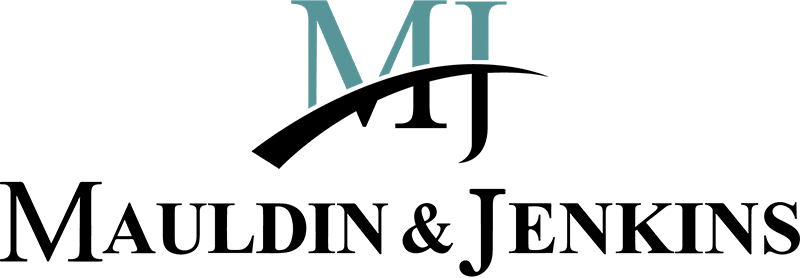Manufacturers often own the building, or several buildings, where their goods are produced. Normally, it takes almost four decades (39 years) to fully recover the cost of a commercial property through depreciation deductions. Fortunately, a cost segregation study can help manufacturers claim much faster write-offs.
Recouping your investment
A cost segregation study identifies various building components that may be classified as personal property or land improvements, which are subject to shorter write-off periods. For instance, some property may be classified as five-year, seven-year or 15-year property eligible for accelerated depreciation methods. Land improvements are depreciated over 15 years using the 150% declining balance method.
Typically, “personal property” is defined as tangible depreciable property (other than buildings and their structural components) as well as several other specialized types of property. In general, parts of a commercial building may be treated like personal property if they relate only to the equipment used in a business located in the building.
Applications on the floor
Manufacturers often benefit from identifying equipment foundations, exhaust and ventilation systems, and security systems as tangible personal property. Costs of landscaping, underground utilities and site lighting may be written off as land improvements.
Because the write-off periods for components generally depend on the nature and use of the commercial property, you may want to commission professionals to provide a cost segregation study that breaks down the write-off periods for various building components. The optimal time to perform a cost segregation study is the tax year in which your company buys the building. But a cost segregation study can be commissioned any time.
Tax breaks
Your company may benefit from three depreciation-related tax breaks for building components identified in a cost segregation study:
- Section 179 deduction. Under this tax break, a business can immediately deduct the cost of qualified property placed in service during the year, up to a specified limit. But the Sec. 179 deduction can’t exceed the amount of your business’s income for the year. In addition, the deduction is reduced on a dollar-for-dollar basis for acquisitions above an annual threshold.
The Tax Cuts and Jobs Act (TCJA) permanently increased the annual Sec. 179 deduction limit from $500,000 to $1 million. It also raised the phase-out threshold from $2 million to $2.5 million (after being indexed for inflation, $1.05 million and $2.62 million for 2021).
Assets that qualify for the Sec. 179 deduction now also include various nonstructural improvements to commercial property, such as roofs, HVAC equipment, and fire and security systems. These changes became effective for property placed in service after 2017.
- First-year bonus depreciation. You may be able to claim bonus depreciation deductions for property placed in service during the year. In some cases, both Sec. 179 and bonus depreciation may apply to the same property.
Under the TCJA, the bonus depreciation deduction is equal to 100% of the remaining cost of the property. The TCJA also extended this tax break to used property. It applies to qualified property placed in service after September 27, 2017, and before January 1, 2023. The bonus depreciation deduction is scheduled to be reduced over a five-year period, beginning with property placed in service in 2023.
- MACRS deductions. If there are any costs left over after the two tax breaks, you can write off the remainder under the regular MACRS rules. The write-off period for a component may vary in length from five to 15 years.
How much?
How much could your manufacturing business save by performing a cost segregation study? And which tax breaks will save you the most over the long run? Contact us for answers.
© 2021




